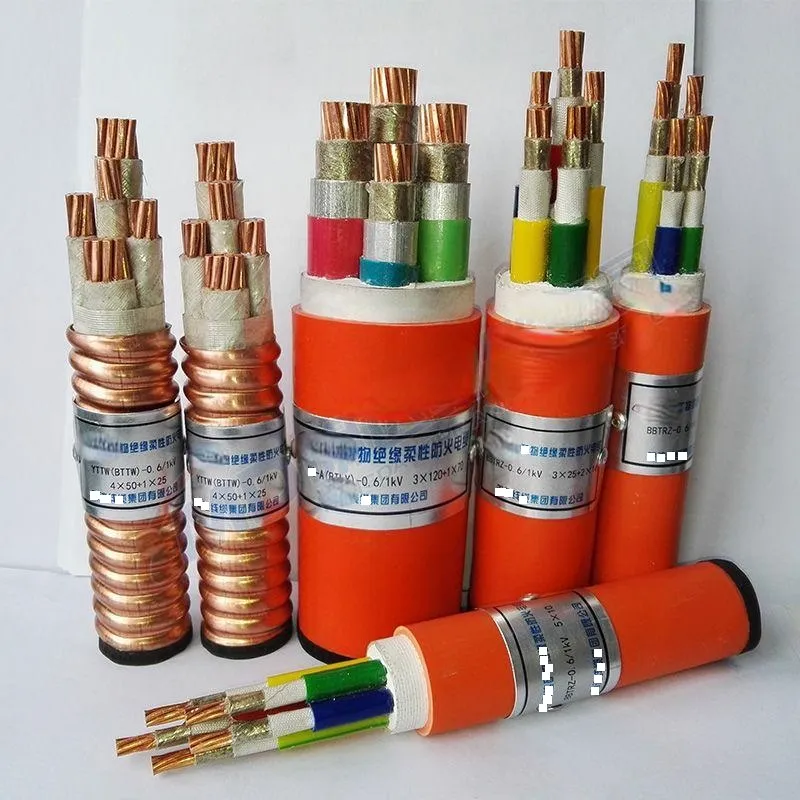Nov . 18, 2024 02:47 Back to list
Understanding the Functionality and Applications of Ball Check Valves in Fluid Systems
Understanding Ball Check Valves An Essential Component in Fluid Systems
Ball check valves are critical components used in a variety of fluid systems to ensure the proper flow direction and prevent backflow. These valves utilize a simple but effective mechanism where a sphere, or ball, serves as the main sealing element. The ball fits snugly in the valve body and is held in place by gravity or fluid pressure, depending on the design of the valve. This article will explore how ball check valves operate, their applications, and the benefits they offer in various industries.
How Ball Check Valves Work
The fundamental principle behind a ball check valve is quite straightforward. When fluid flows in the intended direction, it pushes the ball away from its seat, allowing the fluid to pass through the valve. If there is any reverse flow, the ball is pushed back against the seat, effectively sealing the valve and preventing backflow. This self-acting mechanism makes ball check valves extremely reliable and easy to maintain, as they do not require external power or manual operation to function.
Applications of Ball Check Valves
Ball check valves are versatile and have a wide range of applications across multiple industries
. In water treatment plants, they are used to prevent backflow from irrigation systems and ensure a continuous flow of clean water. In the oil and gas industry, ball check valves are crucial for maintaining the integrity of pipelines, preventing leaks, and protecting equipment from damage caused by backflow.Additionally, ball check valves are commonly found in HVAC systems, where they help control the flow of water through heat exchangers and cooling towers. Their ability to handle a variety of fluids, including water, oil, and chemical solutions, makes them an attractive option for manufacturers and engineers dealing with diverse fluids in industrial processes.
Advantages of Ball Check Valves
ball check valve

1. Reliability One of the most significant benefits of ball check valves is their reliability. The simple design allows for minimal wear and tear, leading to fewer failures compared to more complex check valve types.
2. Low Maintenance Due to their straightforward operating mechanism, ball check valves typically require less maintenance, which can reduce operational costs in the long run.
3. Efficiency These valves provide a low pressure drop across the valve when open, ensuring that fluid flow is not significantly hindered. This efficiency is critical in systems where maintaining pressure is essential.
4. Versatility Ball check valves come in various sizes and materials, allowing them to be used in numerous applications, from residential plumbing to large industrial systems.
5. Automatic Operation Since ball check valves operate automatically based on fluid dynamics, they eliminate the need for manual intervention, contributing to the overall efficiency and safety of fluid handling systems.
Conclusion
In summary, ball check valves are vital components in numerous fluid systems, offering reliable backflow prevention while facilitating fluid flow in the intended direction. Their simple design, coupled with their efficiency and low maintenance requirements, make them a preferred choice for engineers and manufacturers across various industries. Understanding the importance and functionality of ball check valves can lead to better design and operation of fluid systems, ensuring safety, efficiency, and operational longevity. Whether in a water treatment plant or an industrial process, ball check valves play a crucial role in maintaining system integrity and performance.
Share